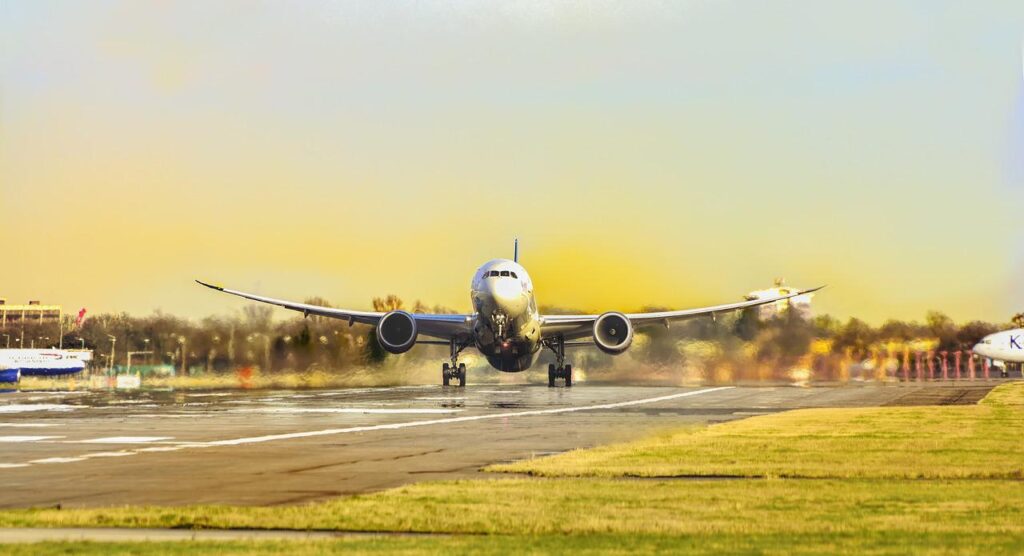New Pilots Now Being Taught To Fly Electric Airplanes
It's not only electric vehicles that are up and coming. New pilots are now being taught to fly electric airplanes, too.
This article is more than 2 years old

While car companies are slowly electrifying their rosters, air carriers have had an even slower transition. Jets and commercial airplanes are some of the most pernicious carbon emitters, making the switch to greener flying technology a worldwide priority. Recently, pilots have been learning how to fly electric airplanes in response to the new demand for cleaner energy aircraft.
Though most airplanes utilized worldwide are not electric, one verified outlier resides in the bunch. The Velis Electro is an electric airplane that is certified in both the UK and the EU, ready for trainee pilots to test out this greener accommodation. The aircraft is being produced in Slovenia by the company Pipistrel, a European aircraft manufacturer. The two-seater airplane is just starting its trial runs, made explicitly for flight schools that train incoming pilots. Don’t be fooled by its size, though. The single-engine aircraft can fly up to 12,000 feet and has a maximum mph of 113. The plane can only operate for 50 minutes before it needs to recharge, which takes two hours to fully complete.
Tine Tomažič, chief technology officer at Pipistrel, says electric airplanes offer a future flying experience that gas-powered planes can’t. Though there are many benefits of going greener, commercial electric planes will eventually provide similar experiences to standard ones. The initial advantage of an electric airplane is its ability to fly virtually noiselessly. The Velis Electro emits only 60 DB of noise while in flight, which is about the noise level of a standard conversation. This can help electric airplanes fly closer to metropolitan and built-up areas, allowing these planes more versatility.
Though large carriers have yet to buy electric airplanes for commercial use, people worldwide have already purchased the Velis Electro. Pipistrel stated that over 100 planes had been sold since its launch in 2020. Each jet is priced at around $175,000, attracting many individuals and flight schools to invest in these sensational inventions. The Green Flight Academy in Sweden has three Velis Electros, which are also used for their commercial and private pilot license training programs. Johan Norberg, head of flight training at the Green Flight Academy, stated that over 30% of training time on electric airplanes is required for their licensing.
As gas and fuel prices skyrocket, carriers and flight academies are looking toward greener planes as a more sustainable and cost-efficient alternative. A 40-minute flight in an electric airplane uses $2 to $3 or energy, while gas-powered single-engine planes use $45 or more during the same flight time. Though this figure may establish Velpis Electros as less expensive planes, electrified aircraft must replace their battery engines after 2,000 flight hours. Replacing an engine could cost upward of $20,000, which gets increasingly pricier over time. Even with the replacement expenses, Norberg believes switching to clean-energy aircraft will save money for flight schools.
In the next couple of years, many expect two-seater single-engine electric airplanes to have longer flight-time capacities. If Pipistrel or another aircraft manufacturing company can develop a plane that flies for extended durations, flight academies could entirely transition to battery-powered planes.




